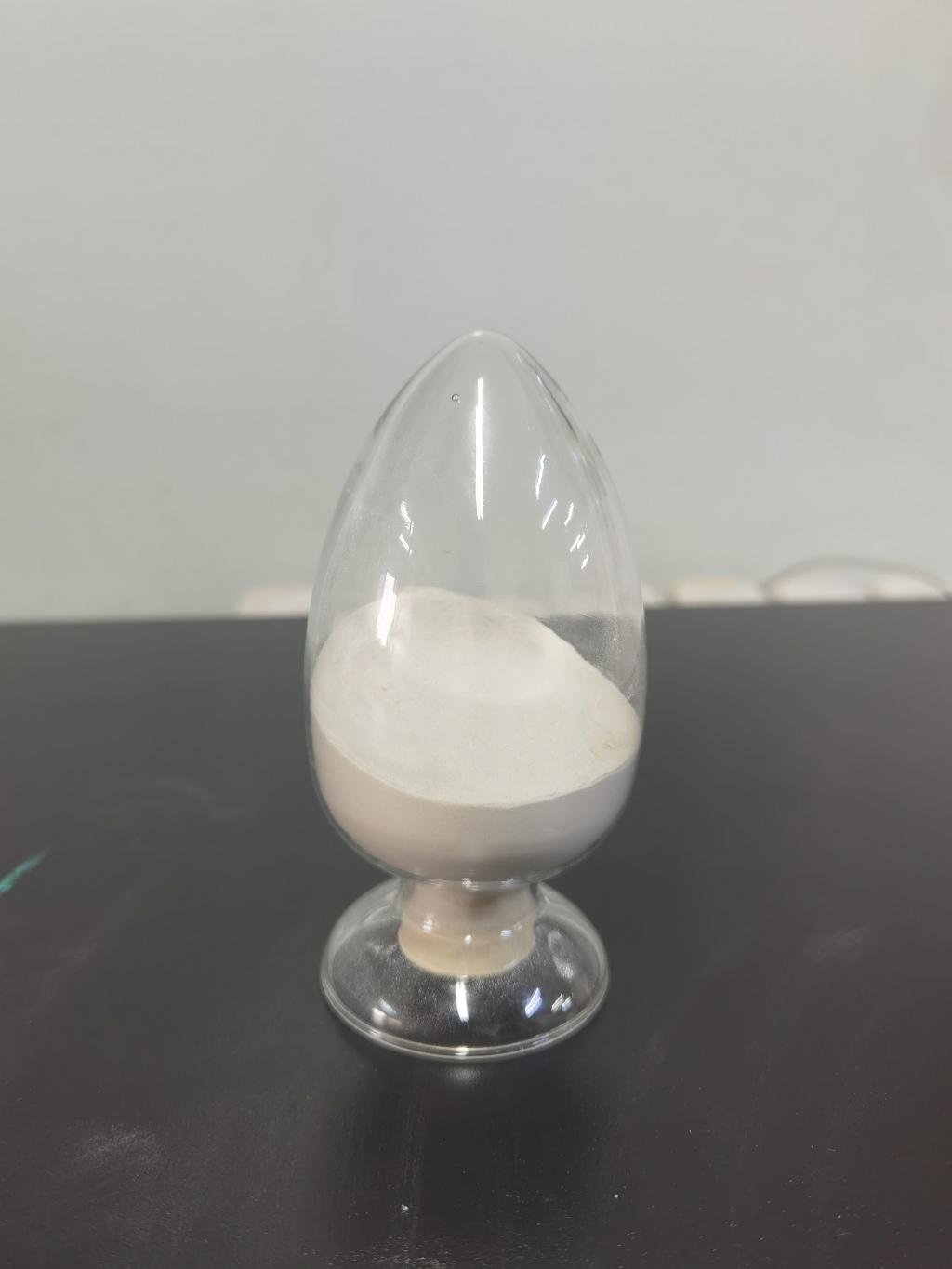Tel:+8618231198596

News
 CONTACT
CONTACT
 CONTACT
CONTACT
- Linkman:Linda Yao
- Tel: +8618231198596
- Email:linda.yao@dcpharma.cn
- Linkman:CHARLES.WANG
- Department:Overseas
- Tel: 0086 0311-85537378 0086 0311-85539701
News
Nisin's Compatibility with Clean Label and Natural Food Trends.
TIME:2023-09-13
Introduction
The food industry is continually evolving to meet changing consumer demands and preferences. Among the most prominent trends in recent years is the clean label movement, where consumers are seeking food products with fewer, simpler, and more recognizable ingredients. Alongside this trend is the desire for natural foods, driven by concerns about health, sustainability, and environmental impact. Nisin, a naturally occurring antimicrobial peptide, has emerged as a valuable ingredient in the food industry that aligns with these trends. This article explores the compatibility of nisin with the clean label and natural food trends.
I. Clean Label Movement: Understanding Consumer Demands
Simplicity and Transparency: The clean label movement emphasizes the importance of simplicity and transparency in food product labeling. Consumers are increasingly scrutinizing ingredient lists and favor products with fewer additives and chemicals.
Health and Wellness: Clean label products are often associated with health and wellness. Consumers perceive these products as healthier and more wholesome options.
Trust and Authenticity: Clean label products build trust with consumers. By using familiar ingredients and avoiding complex, artificial-sounding additives, brands can convey authenticity and credibility.
II. Nisin: A Natural Antimicrobial Peptide
Origins: Nisin is naturally produced by certain strains of lactic acid bacteria, primarily Lactococcus lactis. Its natural origin aligns with the clean label and natural food trends, as consumers seek minimally processed and naturally derived ingredients.
Mechanism of Action: Nisin's antimicrobial activity is based on disrupting the bacterial cell membranes, making it highly effective against a wide range of Gram-positive bacteria. This natural mode of action differentiates it from synthetic preservatives.
III. Nisin's Role in Food Safety
Bacterial Control: Nisin effectively inhibits the growth of spoilage bacteria and pathogenic organisms, such as Listeria monocytogenes. This contributes to food safety by extending the shelf life of products and reducing the risk of foodborne illnesses.
Preservation without Chemicals: Nisin offers an alternative to chemical preservatives like sodium benzoate or potassium sorbate. It allows food manufacturers to achieve food safety goals without compromising the clean label concept.
IV. Applications of Nisin in Achieving Clean Label Goals
Natural Preservation: Nisin can be used as a natural preservative in various food products, such as dairy, meat, and sauces. Its effectiveness in inhibiting bacterial growth supports clean label initiatives by reducing the reliance on synthetic additives.
Clean Label Formulations: Nisin enables clean label formulations in processed foods, ensuring that they meet consumer expectations for simpler and more natural ingredients.
Natural Meat and Poultry: Nisin is applied in natural meat and poultry products to extend shelf life and enhance food safety without the use of chemical preservatives.
V. Regulatory Considerations and Challenges
Regulatory Approval: The use of nisin in food products is subject to regulatory oversight in different countries. Food manufacturers must adhere to established guidelines and maximum allowable levels to ensure compliance.
Consumer Perception: Communicating the safety and natural origins of nisin to consumers is essential. Brands must educate consumers about the benefits of nisin while addressing any potential misconceptions.
Stability and Efficacy: Ensuring the stability and efficacy of nisin in various food formulations can be challenging. Food manufacturers must conduct thorough testing to optimize its performance.
VI. Future Prospects
The compatibility of nisin with clean label and natural food trends positions it as a vital ingredient in the food industry's ongoing evolution. Future prospects for nisin include:
Innovative Formulations: Continued research and development will lead to innovative formulations that maximize the effectiveness of nisin in clean label and natural food products.
Regulatory Streamlining: Collaboration between industry stakeholders and regulatory bodies may streamline the approval process for natural antimicrobial agents like nisin.
Consumer Education: Increased efforts to educate consumers about the benefits and safety of nisin will help build trust and acceptance of this natural preservative.
VII. Conclusion
Nisin's compatibility with the clean label and natural food trends demonstrates its significance in the evolving food industry. As consumers increasingly seek simple, natural, and trustworthy food products, nisin offers an effective means of achieving food safety and preservation goals while adhering to these trends. The industry's continued exploration of nisin's potential and collaboration with regulatory bodies will pave the way for its broader adoption in clean label and natural food formulations. Nisin's role in providing safe, wholesome, and naturally preserved foods is essential in meeting the evolving demands of today's conscious consumers.
- Tel:+8618231198596
- Whatsapp:18231198596
- Chat With Skype







